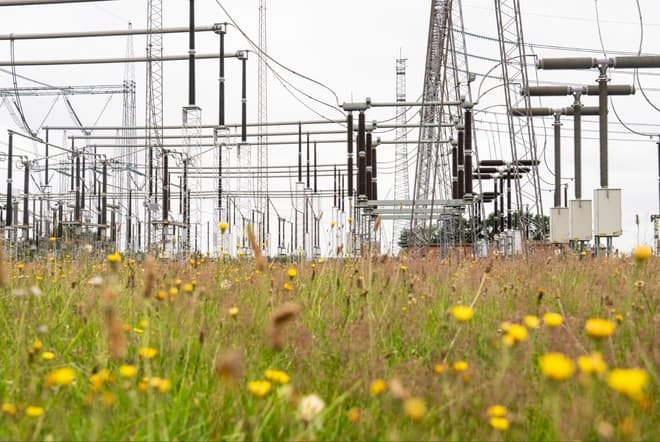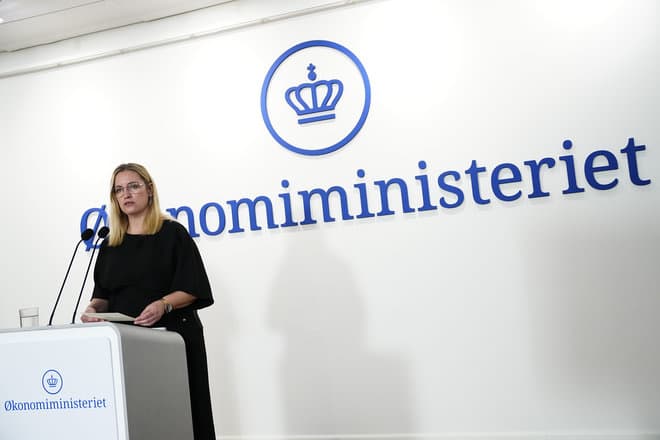
Before the end of the year, the government must have adopted a new climate target for 2035 with the parties in the Danish Parliament. Now the green think tank Concito is playing along with an analyzed proposal for how high Denmark's new climate target should be:
By 2035, Denmark should have reduced its emissions by 90 percent compared to 1990.
- The time calls for not only consolidating the existing climate policy, but also continuing to push the green transition into new areas in order for the transition to actually succeed, says Torsten Hasforth, chief economist at Concito.
When the Danish Parliament passed the Climate Act after the climate election in 2019, a climate target of 70 percent reduction in 2030 and 100 percent reduction in 2050 was set. It was also decided that the Danish Parliament should reach an agreement in 2025 on a new target for 2035.
Here, the parties to the agreement are still waiting for Climate Minister Lars Aagaard (M) to call for negotiations. Until then, the think tank has assessed in a new analysis how such a climate target can be set up.
The official projections show that with the climate measures already adopted, an 80 percent CO2 reduction will be achieved in 2035.
Torsten Hasforth has also found, in a rather specific way, 8.3 million tons of CO2, which he estimates can be reduced further by accelerating the transition.
- We are far more specific than we ever were before the 2030 target was made. We can say quite specifically what we think can be done.
For example, Concito estimates that 2.8 million tons of CO2 reductions can be achieved further in 2035 by maximizing the capture and storage of CO2 at several factories such as Aalborg Portland and waste incinerators.
In addition, further electrification of the transport sector and the introduction of road tolls can achieve 1.5 million tons of CO2.
And in agriculture, there are still untapped opportunities for carbon storage through pyrolysis technology, which can be further expanded and provide 1.2 million tons of CO2 reduction in 2035.
The biggest gains in Concito's accounts thus come from the technologies that have been criticized for years for being uncertain, because CO2 capture and storage and pyrolysis have not yet been proven on the largest scale.
Torsten Hasforth denies that The analysis is based on uncertain measures. In his view, a kind of ketchup effect may arise when the first projects with the technologies are implemented in the coming years.
- When the first have bulldozed the area and created the new infrastructure, transport and storage facilities, the next can profit from it.
/ritzau/
Text, graphics, images, sound, and other content on this website are protected under copyright law. DK Medier reserves all rights to the content, including the right to exploit the content for the purpose of text and data mining, cf. Section 11b of the Copyright Act and Article 4 of the DSM Directive.
Customers with IP agreements/major customer agreements may only share Danish Offshore Industry articles internally for the purpose of handling specific cases. Sharing in connection with specific cases refers to journaling, archiving, or similar uses.
Customers with a personal subscription/login may not share Danish Offshore Industry articles with individuals who do not themselves have a personal subscription to Danish Offshore Industry.
Any deviation from the above requires written consent from DK Medier.























